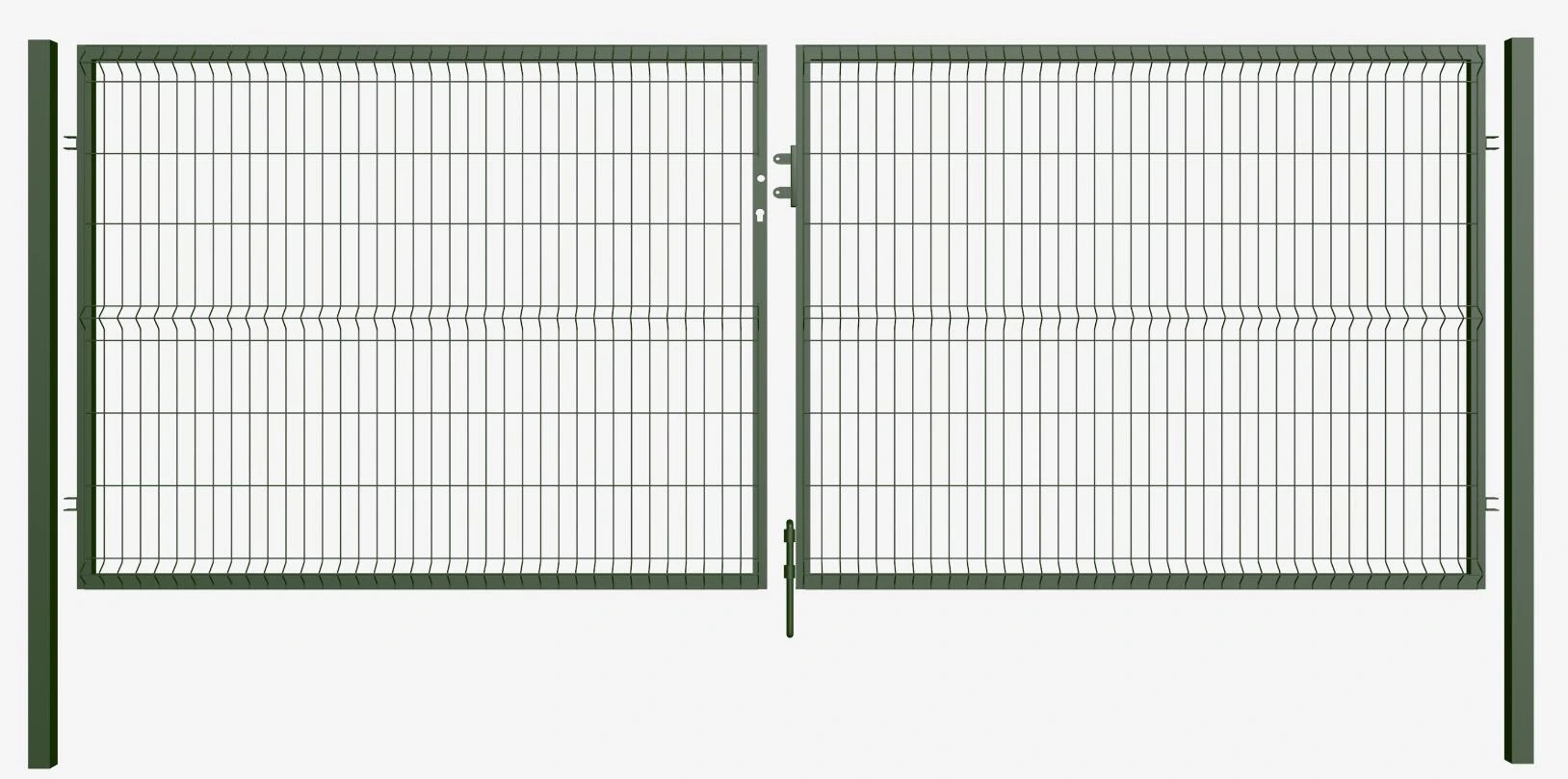Understanding Electric Power Pole Anchors Essential Components for Stability and Safety
When it comes to the infrastructure that supports our electrical grid, one often overlooked but critical component is the electric power pole anchor. These anchors play a vital role in ensuring the stability of power lines, especially in areas that experience high winds, heavy storms, or uneven terrain. Understanding the design, importance, and installation of electric power pole anchors can shed light on their contribution to electrical safety and reliability.
Electric power poles are the backbone of our energy distribution systems, supporting both overhead power lines and communication cables. These structures must withstand several external forces, including wind load, ice accumulation, and physical impacts. To do this effectively, power poles require anchoring systems that secure them firmly to the ground. This is where electric power pole anchors come into play.
What Are Electric Power Pole Anchors?
Electric power pole anchors are devices used to stabilize utility poles by securing them to the ground. They come in various designs, with the most common types being vertical anchors, guy wire anchors, and dead-end anchors. Each type serves a distinct purpose depending on the installation requirements and environmental factors.
Vertical anchors are typically driven deep into the ground and are designed to resist upward forces that could otherwise destabilize the pole. Guy wire anchors, on the other hand, are used to attach guy wires that support the pole and reduce sway. Dead-end anchors are installed at the ends of power lines to prevent sagging and to maintain tension across the line.
The Importance of Proper Installation
The stability of electric power poles largely depends on the correct installation of their anchors. Poorly installed anchors can lead to a range of issues, including pole failure, line sagging, or even complete collapse in extreme weather conditions. Therefore, utility companies invest significant resources in ensuring that their anchoring systems are designed and installed correctly.
Proper installation involves several critical steps, including soil assessment, anchor selection, and installation techniques. Soil type plays a crucial role in determining the anchor’s effectiveness. For instance, sandy soils may require different anchoring techniques compared to clay or rocky soils. Engineers often conduct tests to determine the appropriate anchor type and depth, ensuring maximum stability under various weather conditions.
electric power pole anchor

Materials and Innovations
Electric power pole anchors are typically made of high-strength materials such as steel or reinforced concrete, which provide durability and resistance to corrosion. Recent advancements in materials science have introduced innovative coating solutions that enhance the lifespan of these anchors, particularly in environments that are exposed to moisture.
Moreover, modern engineering practices have led to the development of composite materials that offer strength while reducing weight. This innovation is significant in areas where heavy machinery is needed for installation and maintenance. Lightweight materials can reduce labor costs and make the anchoring process more efficient.
Challenges and Safety Considerations
While electric power pole anchors are essential for the safe and effective operation of power distribution systems, they also present challenges. In areas prone to extreme weather, traditional anchoring methods may not suffice. Utility companies must continuously evaluate and adapt their anchoring systems to withstand changing environmental conditions, including climate change impacts that lead to more frequent and severe weather events.
Safety is paramount during the installation and maintenance of power pole anchors. Workers must adhere to strict safety standards to prevent accidents, including falls, equipment failure, or electrical hazards. Training and best practices are vital to ensure that all personnel involved in the installation understand the risks and responsibilities associated with their work.
Conclusion
In summary, electric power pole anchors are a fundamental element of our electrical infrastructure, providing essential support and stability to power lines across various terrains and climates. From ensuring safety during severe weather to adapting to new materials and technologies, the importance of these anchors cannot be overstated. As the demand for reliable energy sources continues to grow, ongoing innovations in anchoring systems will be crucial for enhancing the resilience and efficiency of our electric power networks. Understanding the role of these anchors helps highlight the complexity and necessity of maintaining a robust electrical grid that meets the needs of modern society.
















